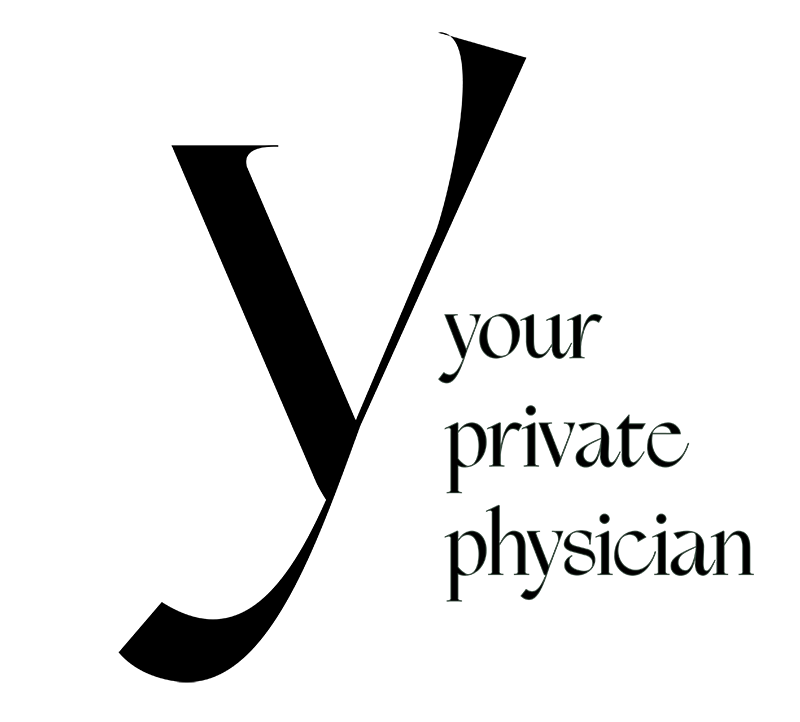Why consider (BHRT) bio-identical hormone replacement therapy?
With studies indicating that up to 30% of women are making the choice to seek alternative therapies over CHT (Conventional Hormone Therapy) in the treatment of menopausal symptoms, more patients are seeking bio-identical hormone replacement therapies. BHRT has been around since the 1930’s when it was used as one of the first treatments for menopause. Recently, BHRT has come to the forefront of hormone therapy and has sparked interest in all-natural alternatives to CHT.
Is BHRT FDA approved?
In an interview with JoAnn Manson, MD, DrPH (chief of preventive medicine at Brigham and Women’s Hospital in Boston and the Elizabeth F. Brigham Professor of Women’s Health at Harvard Medical School), explained that many of the bio-identical hormones are FDA approved and made in standardized doses, and contain the exact same chemicals that occur and are produced naturally inside the human body. Dr. Manson explains there are “compound pharmacies” that mix a customized dose that differs from patient to patient. The custom compounds are not FDA sanctioned as the dosage varies. The FDA’s women’s health commissioner Kathleen Uhl, MD explains custom compounds may be made in a case of allergies to certain additives or to avoid dosage sensitives that may have been experienced by the patient. It is recommended to only use compound pharmacies that are listed on the Pharmaceutical Compounding Accreditation Board (PCAB) website to guarantee standards are upheld.
What are “natural” and “bio-identical” hormones, is there a difference? Where are the hormones derived from?
There is a difference between bio-identical hormones and natural hormones. Hormones can be from a natural source but not identical to the human form—for example, Premarin (an estrogen) is made from pregnant mare’s urine, a natural source, but it is not the same as a human form (estrone, estradiol, estriol). Bio-identical hormones ARE identical to the human form, and the body cannot distinguish the difference between the human hormones and bio-identical replacement hormone. In general, bio-identical hormones are made in the laboratory from either soybeans or yams.
Synthetic hormones made by pharmaceutical companies and have their molecular structure altered to allow companies to patent the hormones. These alterations cause side effects and do not react the same in the body as do natural human hormones. Most of the research studies linking hormone replacement to breast cancer and heart disease utilized synthetic, not bio-identical hormones. In contrast, bio-identical hormones have an excellent safety profile when prescribed at the correct doses and levels monitored at regular intervals.
Why consider BHRT bioidentical hormone replacement therapy?
Aside from the public accolades of celebrities such as Oprah and Suzanne Somers saying that taking bioidentical hormones made their “overall quality of life better” with almost instant results after “years of issues”, women’s health practitioners and menopausal patients do report positive results in the medical scape. There have been studies that conclude, “…bioidentical hormones are superior to non-bioidentical hormones in safety and effectiveness.” (Moskowitz, D (2006). “A comprehensive review of the safety and efficacy of bioidentical hormones for the management of menopause and related health risks”. One such study, the E3N cohort study looked at 80,000 postmenopausal women over 8 years and reported in 2008 that there are “unequal risks for breast cancer associated with different hormone replacement therapies”. It found that women who used progesterone in combination with estrogen had no increased risk of developing breast cancer compared to women that did not use HRT, and actually had a decreased risk of breast cancer compared to those women that used estrogen with synthetic progestin.
Prescribing and monitoring patients for BHRT takes specialized training. Many of these medical practices are considered to practice “integrative”, or “functional” medicine, combining cutting edge medical knowledge and testing, attempting the balance the body’s ability to restore its natural balance. Functional medicine considers how the entire body functions as a single organism. Disruption of any single component always affects something else. These changes cannot happen in isolation. Functional medicine considers the individual genetic makeup along with internal (mind, body, and spirit) & external (physical and social environment) factors that affect total body function.
References:
Fournier, A., et.al., “Unequal risks for breast cancer associated with different hormone replacement therapies: results from the E3N cohort study,” Breast Cancer Res Treat 2008; 107(1):103-11.
Moskowitz, D., “A comprehensive review of the safety and efficacy of bioidentical hormones for the management of menopause and related health risks,” Altern Med Rev. 2006 Sep; 11(3):208-23.
